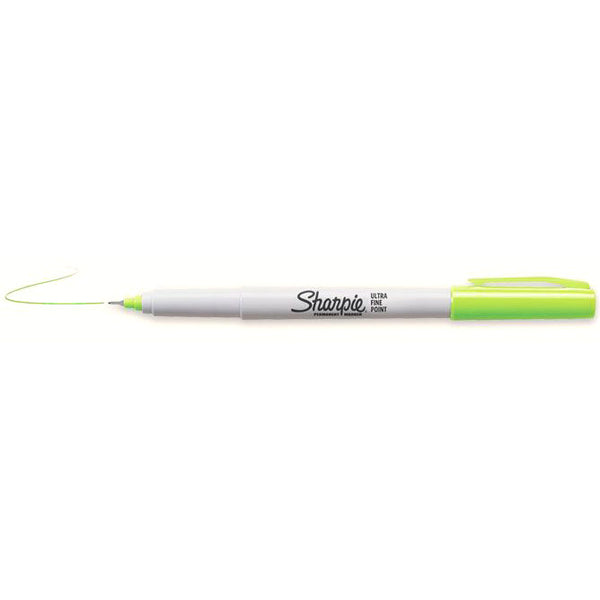
Diacetone alcohol (4-Hydroxy-4-Methyl-2-Pentanone), 50 PPM.However, it is also used as the base of some perfumes.

Butanol seems to be the most toxic of the three alcohols, being used as a solvent, often in paint thinner.Propyl alcohol was 'evaluated for acceptable daily intake for man' (also, under 'Observations in Man': 'One fatal case of poisoning by ingestion of 400 to 500 ml of n-propyl alcohol has been reported'.Propyl alcohol (N-Propanol), 200-250 PPM.According to this file (Duke University PDF, or Google's HTML cache ) the ingredients of Sharpie markers are as follows: It would be nice if someone who knew what they were talking about could organize this into some kind of coherence. I would like to preface this by saying that I am neither a chemist nor a toxicologist. The Sharpie endorsement part makes it a bit more relevent to the Sharpie page. Menchi 15:50, (UTC) Good re-write Dpbsmith. (I assume pacificism too much!) Maybe somebody could explain it at its own and say '(see also sports autograph)' since it seems to be such a. I did no idea that could possibly be controversial either. Was the scandal that the athlete was prepared to autograph the ball, or something? Dpbsmith 10:38, (UTC) Ok, so it has to do with ssports autographs. I assume that it had something to do with the ongoing controversy about the role of sports autographs. I think it wasn't a scandal about Sharpies as such.

But I agree that the present description still isn't clear.

Menchi 09:25, (UTC) I don't follow sports but I vaguely remember hearing something or other about this, so I think that although it verges on trivia it does fall under the category of Sharpies! In! the News!, and they probably aren't in the news very often, so I understand why it's included. Is it because sportsmen are not suppose to endorse brandname or is it because they are not suppose to pass the ball around? It's still not clear at al. I do not see how signing a ball in a huge sports arena could possibly be controversial.


 0 kommentar(er)
0 kommentar(er)
